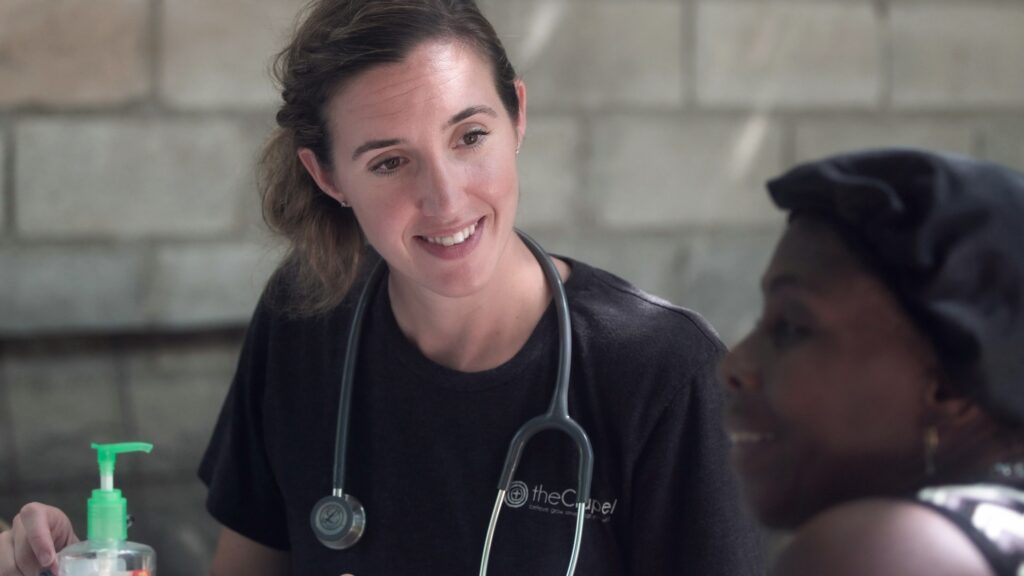Direct patient care is a fundamental aspect of the healthcare industry, involving hands-on, face-to-face interaction between healthcare providers and patients. This type of care is essential for the effective diagnosis, treatment, and management of various health conditions. In this article, we will explore what direct patient care entails, its key components, and its significance in the healthcare system.
Defining Direct Patient Care
What is direct patient care? It refers to the activities and services provided by healthcare professionals that involve direct interaction with patients. These activities are designed to assess, diagnose, treat, and monitor patients’ health conditions. Unlike administrative or supportive roles, it requires healthcare providers to engage with patients personally, often involving physical contact and communication.
Key Components of Direct Patient Care
Assessment and Diagnosis
One of the primary components of direct patient care is the assessment and diagnosis of patients’ health conditions. This involves taking medical histories, performing physical examinations, and ordering and interpreting diagnostic tests. Healthcare providers use this information to identify the underlying causes of patients’ symptoms and determine appropriate treatment plans.
Treatment and Intervention
Treatment and intervention are critical aspects of direct patient care. This can include administering medications, performing surgical procedures, providing wound care, and offering other therapeutic services. The goal is to address the patient’s health issues, alleviate symptoms, and promote recovery.
Monitoring and Follow-Up
Ongoing monitoring and follow-up care are essential to ensure the effectiveness of treatments and to manage chronic conditions. Healthcare providers regularly check on patients’ progress, adjust treatment plans as needed, and provide guidance on lifestyle changes and preventive measures. Follow-up appointments and continuous care help in preventing complications and maintaining patients’ health.

Patient Education and Support
Educating and supporting patients is a vital component of direct patient care. Healthcare providers inform patients about their conditions, treatment options, and self-care practices. Providing emotional support and addressing patients’ concerns and questions are also crucial for fostering trust and compliance with treatment plans.
Coordination of Care
Direct patient care often involves coordinating with other healthcare professionals to ensure comprehensive and cohesive care. This can include referrals to specialists, collaborating with multidisciplinary teams, and ensuring that all aspects of a patient’s care are aligned and effectively managed.
Importance of Direct Patient Care
Enhancing Patient Outcomes
Direct patient care is pivotal in improving patient outcomes. Personalized, hands-on care allows healthcare providers to tailor treatments to individual patients’ needs, leading to more accurate diagnoses, effective interventions, and better health outcomes. The direct interaction also enables providers to quickly identify and address any complications or changes in patients’ conditions.
Building Patient-Provider Relationships
Strong patient-provider relationships are built through direct patient care. Trust and communication are enhanced when healthcare providers spend time with patients, listen to their concerns, and involve them in decision-making processes. These relationships are essential for ensuring patient satisfaction and adherence to treatment plans.
Addressing Diverse Health Needs
Direct patient care is crucial for addressing the diverse health needs of the population. It allows healthcare providers to deliver culturally competent care, consider social determinants of health, and provide tailored interventions that account for patients’ unique backgrounds and circumstances.
Promoting Preventive Care
Through direct patient care, healthcare providers can emphasize the importance of preventive care measures. Educating patients about healthy lifestyle choices, vaccinations, and regular health screenings helps in preventing the onset of diseases and promotes overall wellness.
Conclusion
Direct patient care is the cornerstone of effective healthcare delivery. It involves comprehensive, hands-on interaction between healthcare providers and patients, encompassing assessment, diagnosis, treatment, monitoring, education, and support. The importance of direct patient care cannot be overstated, as it leads to improved patient outcomes, stronger patient-provider relationships, and more personalized and effective healthcare. By understanding and prioritizing direct patient care, healthcare systems can ensure that all patients receive the high-quality care they deserve.

